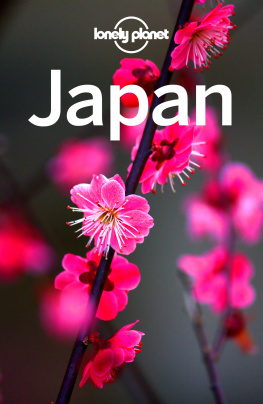Welcome to Kuala Lumpur
Imagine a city, with a skyline punctuated by minarets, Mogul-style domes and skyscrapers; imagine colourful, food-stall-lined streets shaded by a leafy canopy of banyan trees.
Multicultural Modernity
This is Kuala Lumpur (KL), Malaysias sultry capital packed with historic monuments, steel-clad skyscrapers, lush parks, megasized shopping malls, bustling street markets and lively nightspots.
Essential parts of the vibrant mix are the incense-wreathed, colourfully adorned mosques and temples of the countrys Malay, Chinese and Indian communities. A reverence for these ancient cultures is balanced with a drive to be plugged into the contemporary world, a desire that's reflected in an exciting contemporary-art and design scene, an ambitious riverbank-regeneration project and cutting-edge architecture: once completed, the new Merdeka PNB 118 tower will be taller than the iconic Petronas Towers.
Historical Canvas
Today's KL-ites are separated by barely a handful of generations from the tenacious Chinese and Malay tin prospectors who founded the city, carving it out of virgin jungle. By the time the British made it the capital of Peninsular Malaysia in the late 19th century, erecting grand colonial buildings, KL had only been in existence for a couple of decades.
Since then, the city has been the scene of history-defining moments for Malaysia. Stadium Merdeka was where, in 1957, the countrys first prime minister, Tunku Abdul Rahman, punched his fist seven times in the air and declared independence.
Shoppers' Paradise
To fully connect with locals, join them in two of their favourite pastimes: shopping and eating. Malaysian consumer culture achieves its zenith in KL, where you could spend all day browsing glitzy air-conditioned malls such as Pavilion Kuala Lumpur, Suria KLCC and Mid Valley Megamall in search of designer fashion and bargains. Bangsar and Publika are the places to go for lesser-known labels and the work of offbeat independent designers. Alternatively, explore Central Market for locally made souvenirs and handicrafts; and hunt out the few remaining artisans and antiques dealers still keeping shop in and around Chinatown.
Street Feast
It won't take you long to realise that, despite the heat, this is a city best explored on foot. Walk and you can catch all the action and save yourself the frustration of becoming entangled in one of KL's all-too-frequent traffic jams. What's more, you'll be sure to come across some of the city's best dining spots: the hawker stalls and traditional neighborhood kopitiam (coffee shops) that beckon you over with the aroma of freshly cooked food. Despite the city's relentless march towards modernity, parts of KL retain the laid-back ambience and jungle lushness of the kampung (village) it once was.
Petronas Towers and the KLCC | MARTIN PUDDY/GETTY IMAGES
Why I Love Kuala Lumpur
By Isabel Albiston, Writer
For such a frenetic city, KL has an uncanny way of charming its visitors. Of course, the food helps: the sheer variety of delicious dining options that reflect the very best of Malaysian cuisine. But it's more than that. It's the way the city has embraced modernity with its towering skyscrapers and technological connectivity, all while retaining a deeply entrenched adherence to the traditional customs and religions of its residents. Beyond the traffic and malls there is a complex cultural patchwork formed of distinct, coexisting communities, united by the warm welcome extended to guests.
Kuala Lumpur's Top 10
Street Food
White tablecloths? Snooty waiters? A roof? No need to bother with all that! In KL some of your best dining experiences will happen on the street. Delicious, freshly cooked meals served from mobile carts, stalls and humble shophouse



























